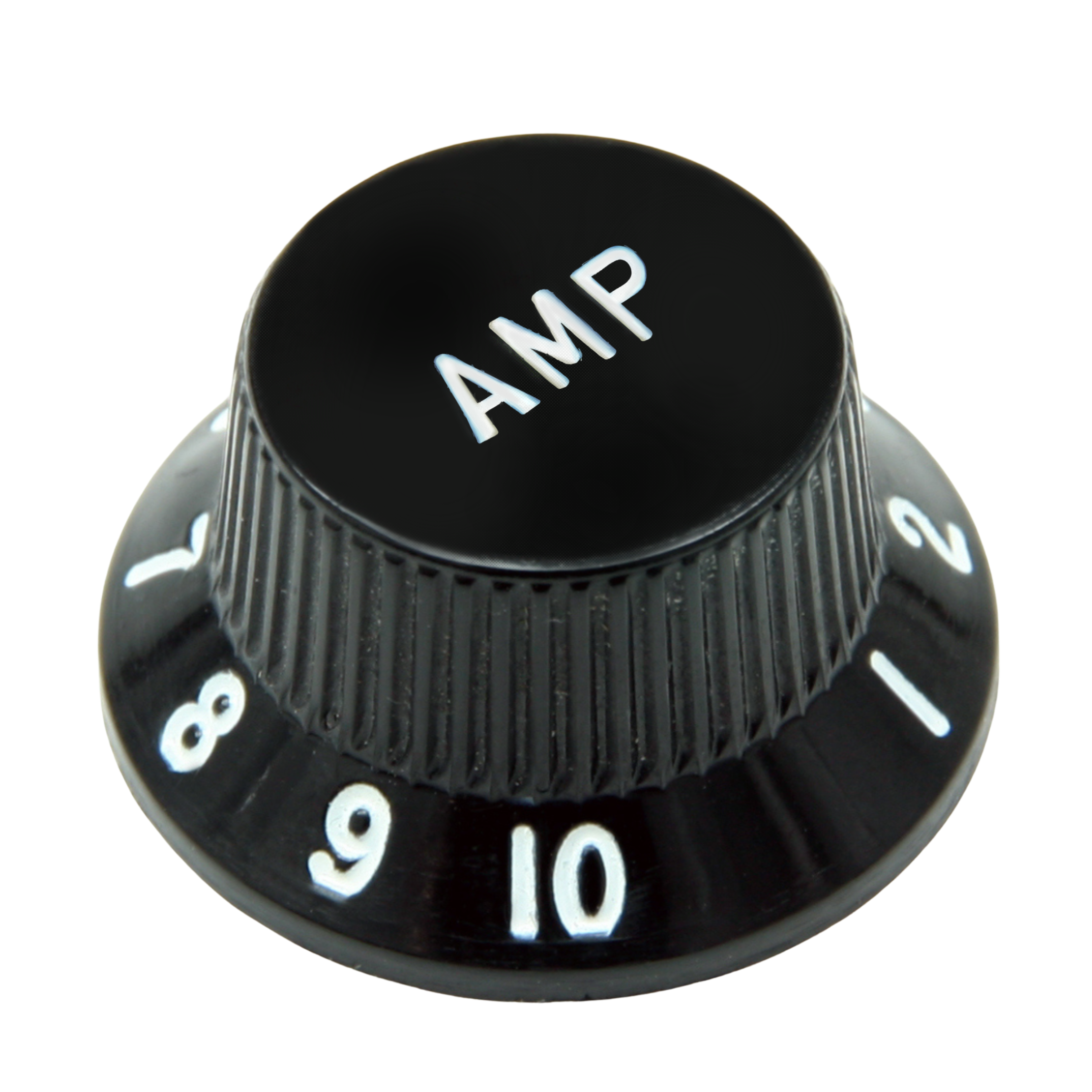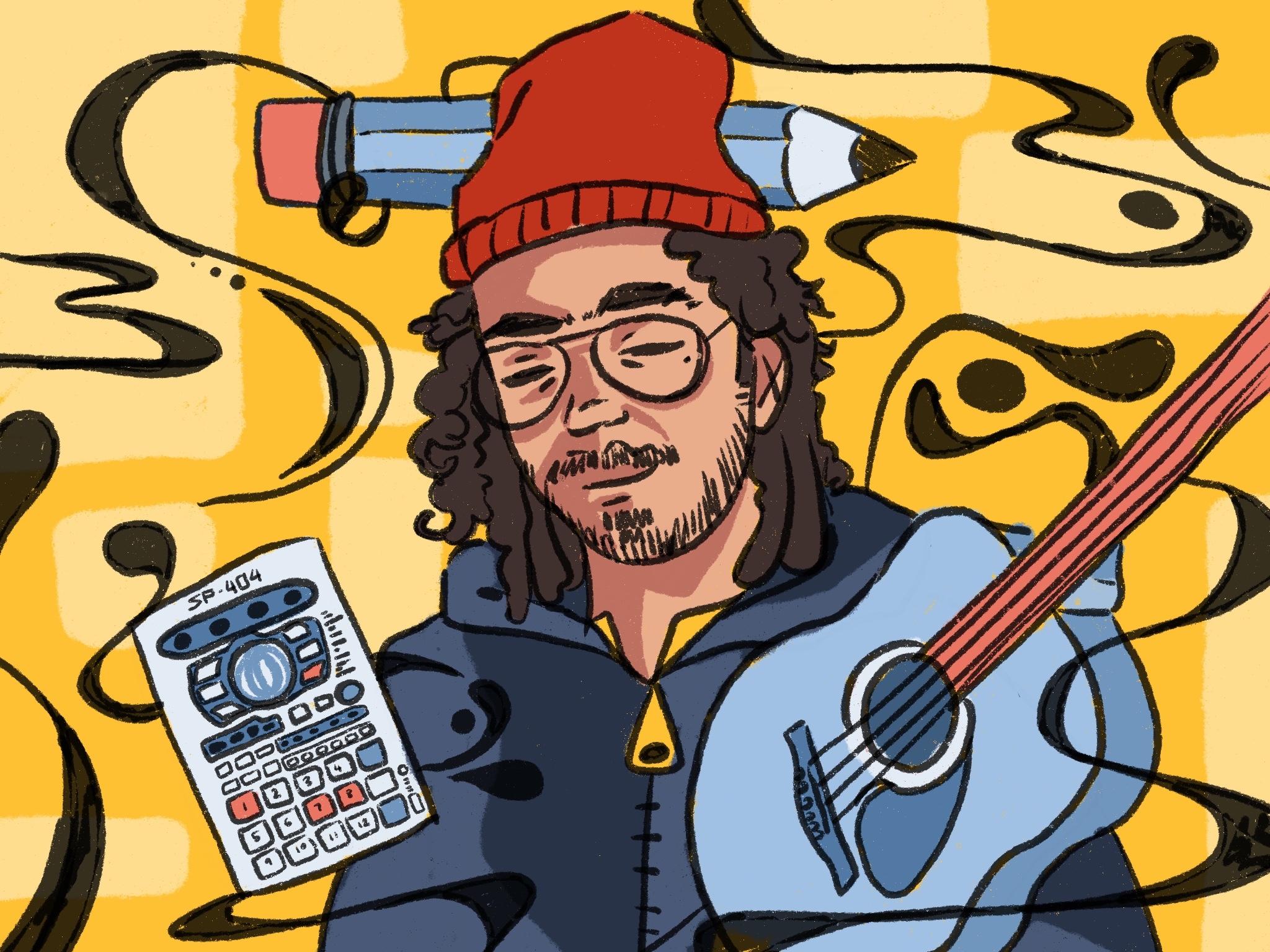The world of R.A.P. Ferreira is the most fascinating rabbit hole I’ve ever fallen into. It was like finding the final piece of a puzzle: one read-through of a Reddit album review turned into hours of diving deep into his art museum of a discography. With four distinct musical personas, he assumes the role of a painter, adeptly blending familiar images and thoughts with the boundless realms of blues, poetry, and hip-hop.
The journey began with his album “Purple Moonlight Pages,” a brilliant work featuring production from the Jefferson Park Boys, a jazz-inspired trio made up of artists Kenny Segal, Mike Parvizi, and Aaron Carmack. Songs like “GOLDEN SARDINE” and “NONCIPHER” transported me into the middle of a Chicago jazz lounge with drum grooves that could shake a classical musician’s head off his neck. The beautiful but dark soundscapes of songs “DUST UP” and “OMENS & TOTEMS” embraced spoken word rap flows and ambient production in the best way, pointing me towards the discography of ambient music’s godfather, Brian Eno, as well as unique rap artists like Open Mike Eagle, Serengeti, and ELUCID. Behind Ferreira’s work lies a slew of musical influences, the most prominent being the gold mine that is the hip-hop underground.
From “Purple Moonlight Pages,” I moved backward in his discography. Ferreira is best known for his work under the name Milo, which I found to be the embodiment of relatability. He released his first album, “I wish my brother Rob was here,” in 2011 when he was a nineteen-year-old college student like myself, recording music in a dorm room. From this album to later releases like “who told you to think??!!?!?!?!”, he pulled concepts from poet James Baldwin and philosophers like Friedrich Nietzsche, exposing his listeners to ideas deeply steeped in academia. One summer, I even sat in a coffee shop with just a journal and a pair of earbuds, analyzing the lyrics of his song “note to mrs,” a rare love song with references to daytime television host Maury and the image of a jaguar eating hallucinogenic drugs. Among the many rappers I’ve explored, Ferreira’s lyricism shines, but I often find his beat production under the name Scallops Hotel to be just as satisfying.
The self-produced Scallops Hotel albums, “sovereign nose of (y)our arrogant face” and “over the carnage rose a voice prophetic,” are, to this day, two of my favorite albums of his, as they combine his addicting wordplay with the warm and mellow atmosphere of old sample loops enhanced by the effects of the SP-404 drum machine, which he has been known to use in his production process for years. After months of furiously scrolling through eBay pages, I purchased one myself in an attempt to recreate the bright, garden-esque feeling of the albums and to eventually discover my own style. I could rant for hours on the history of the SP, how it became a staple of the early 2010s LA beat scene, and how producers in that scene like Dibia$e and Ras G revolutionized the way I viewed experimental hip-hop. These artists and Ferreira epitomize the idea that, at the end of the day, weird hip-hop is still hip-hop.
Ferreira’s latest endeavor was immersing himself in the culturally rich genre of blues and moving to East Nashville, where he runs a record shop by the name of Soulfolks Records and Tapes. Pulling influences from artists Alvin Youngblood Hart, Fred McDowell, and Robert Petway, he released his first blues album under the name Crow Billiken. As a native Mississippian, I was pleased to see an integral part of my state’s black culture being embraced in a way that I would’ve never expected, and the music under this new moniker emphasized how truly diverse the styles of Rory Allen Philip Ferreira could be.
Featured Graphic by Emma Chang

